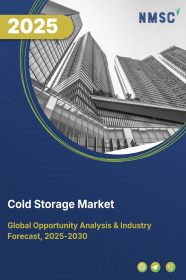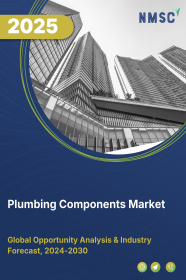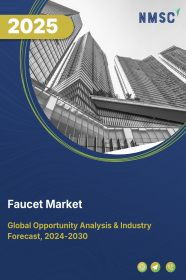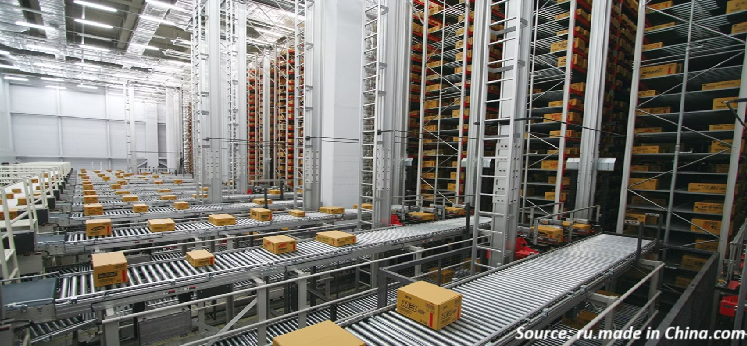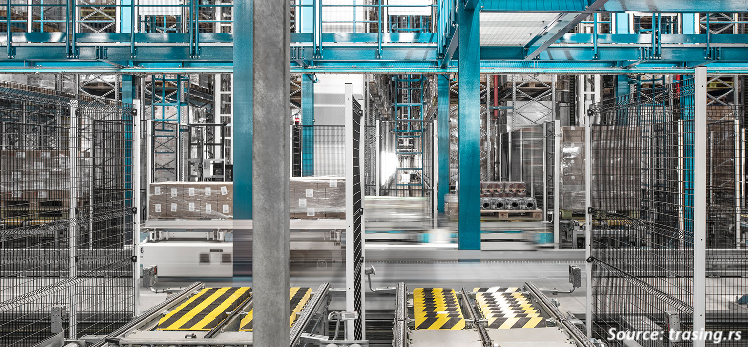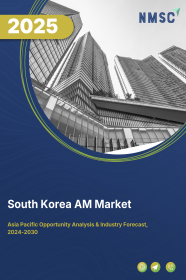
South Korea Additive Manufacturing Market by Type (Desktop 3D Printer and Industrial 3D Printer), by Technology (Stereolithography, Fused Deposition Modeling, Selective Laser Sintering, Direct Metal Laser Sintering, Polyjet Printing, Inkjet Printing, Electron Beam Melting, Laser Metal Deposition, Digital Light Processing, Laminated Object Manufacturing, and Other Technology), by Component (Hardware, Software, and Services), and Others – Opportunity Analysis and Industry Forecast, 2024–2030
Industry: Construction & Manufacturing | Publish Date: 14-Feb-2025 | No of Pages: 138 | No. of Tables: 102 | No. of Figures: 67 | Format: PDF | Report Code : CM666
US Tariff Impact on South Korea AM Market
Trump Tariffs Are Reshaping Global Business
South Korea Additive Manufacturing Market Overview
South Korea Additive Manufacturing Market size was valued at USD 459.7 million in 2023, and is predicted to reach USD 1867.4 million by 2030, at a CAGR of 20.6% from 2024 to 2030. In terms of volume, the market size was 20 thousand units in 2023, and is projected to reach 93 thousand units by 2030, with a CAGR of 22.7% from 2024 to 2030.
The additive manufacturing (AM) market, also known as additive layer manufacturing (ALM) or three-dimensional (3D) printing, is a global industry focused on the development, production, and distribution of technologies and materials for creating three-dimensional objects layer by layer from digital models. This market serves a variety of sectors, including aerospace, automotive, healthcare, and consumer goods, by offering advanced solutions for prototyping, production, and customized manufacturing.
AM is highly valued for its ability to produce intricate and personalized components while minimizing material waste, leading to significant cost savings and environmental benefits. A key feature of this market is its diverse range of printing technologies, such as stereolithography (SLA), selective laser sintering (SLS), and fused deposition modeling (FDM), each designed to meet specific industry needs and applications. Additionally, AM's capability for rapid prototyping shortens product development cycles, enabling businesses to innovate and bring products to market more quickly than traditional manufacturing methods.
Significant Growth of Medical Device Sector Propels the Adoption of Additive Manufacturing
The surge medical device is boosting the South Korea additive manufacturing market demand for 3D printing due to its ability to rapidly and cost-effectively produce highly customized, patient-specific medical devices. This technology enables the creation of complex, precision instruments and implants tailored to individual patient needs, thereby enhancing treatment outcomes.
According to the International Trade Administration 2023 report, the total Korean medical device market grew from USD 8.0 billion in 2021 to USD 9.2 billion in 2022, with local production totaling around USD 12,186 million in the same year. Additionally, 3D printing supports rapid prototyping and innovation in device development, allowing for quicker adaptation to emerging medical needs, aligning perfectly with the dynamic growth of the medical sector in South Korea.
Surge in Governmental Investment in Promoting 3D Printing Boosts the Market Growth
Growing governmental investment in South Korea is significantly boosting the market growth of 3D printing by fostering innovation, supporting research and development (R&D), and encouraging its adoption across various industries. These investments aim to build a robust infrastructure for 3D printing by providing financial incentives for companies to integrate additive manufacturing (AM) into their operations.
According to the latest report from the International Trade Administration, South Korea’s Ministry of Science and ICT increased R&D investment to USD 70 million in 2023 to promote 3D printing development. Additionally, approximately 400 companies are active in the 3D printing market in the country. This comprehensive support framework is propelling the demand for 3D printing in South Korea, enhancing R&D capabilities and boosting industrial adoption of AM across sectors.
High Upfront Investment Restrains Market Growth
The substantial upfront investment required for AM equipment, materials, and training presents a significant obstacle to South Korea additive manufacturing market trends. This financial commitment poses a notable challenge for businesses, particularly smaller ones, limiting their capacity to enter or expand operations within the market.
Additionally, ongoing expenses related to materials and training further increase the overall financial burden. Consequently, many businesses are hesitant to adopt AM technology due to these initial financial challenges, thereby impeding potential of the South Korea additive manufacturing market growth.
Integration of Artificial Intelligence (AI) in Additive Manufacturing Presents Lucrative Opportunity for Market Expansion
Integrating artificial intelligence (AI) into additive manufacturing (AM) is anticipated to expand the 3D printing market by refining production processes, enhancing product design capabilities, and facilitating the creation of intricate and personalized objects. AI integration enables businesses to analyze extensive datasets gathered during printing, such as material properties, printing parameters, and environmental conditions. This analysis helps identify patterns, optimize settings, and predict potential defects, thereby improving printing precision and reducing material waste.
Competitive Landscape
The prominent key players operating in South Korea additive manufacturing industry include Cubicon, Ibuildea, L.Corporation, Sindoh, Graphy, A-Team Ventures, CleCell, Insstek, Creatable Labs, Creallo, and others.
South Korea Additive Manufacturing Market Key Segments
By Type
-
Desktop 3D Printer
-
Industrial 3D Printer
By Technology
-
Stereolithography
-
Fused Deposition Modeling
-
Selective Laser Sintering
-
Direct Metal Laser Sintering
-
Polyjet Printing
-
Inkjet Printing
-
Electron Beam Melting
-
Laser Metal Deposition
-
Digital Light Processing
-
Laminated Object Manufacturing
-
Other Technology
By Component
-
Hardware
-
Software
-
Design Software
-
Inspection Software
-
Printer Software
-
Scanning Software
-
-
Services
By Application
-
Prototyping
-
Tooling
-
Functional Parts
By End User
-
Desktop Additive Manufacturing
-
Educational Purpose
-
Fashion & Jewellery
-
Objects
-
Dental
-
Food
-
Other Desktop Additive Manufacturing
-
-
Industrial Additive Manufacturing
-
Automotive
-
Aerospace & Defense
-
Healthcare
-
Consumer Electronics
-
Power & Energy
-
Other Industrial Additive Manufacturing
-
Key Players
-
Cubicon
-
Ibuildea
-
L.Corporation
-
Sindoh
-
Graphy
-
A-Team Ventures
-
CleCell
-
Insstek
-
Creatable Labs
-
Creallo
REPORT SCOPE AND SEGMENTATION:
|
Parameters |
Details |
|
Market Size Value in 2023 |
USD 459.7 million |
|
Revenue Forecast in 2030 |
USD 1867.4 million |
|
Growth Rate |
CAGR 20.6% from 2024 to 2030 |
|
Market Volume in 2023 |
20 thousand units |
|
Market Forecast in 2030 |
93 thousand units |
|
Volume Growth Rate |
CAGR of 22.7% from 2024 to 2030 |
|
Analysis Period |
2023–2030 |
|
Base Year Considered |
2023 |
|
Forecast Period |
2024–2030 |
|
Market Size Estimation |
Million (USD) |
|
Growth Factors |
|
|
Companies Profiled |
10 |
|
Market Share |
Available for 10 companies |
|
Customization Scope |
Free customization (equivalent up to 80 working hours of analysts) after purchase. Addition or alteration to country, regional, and segment scope. |
|
Pricing and Purchase Options |
Avail customized purchase options to meet your exact research needs. |

















 Speak to Our Analyst
Speak to Our Analyst



